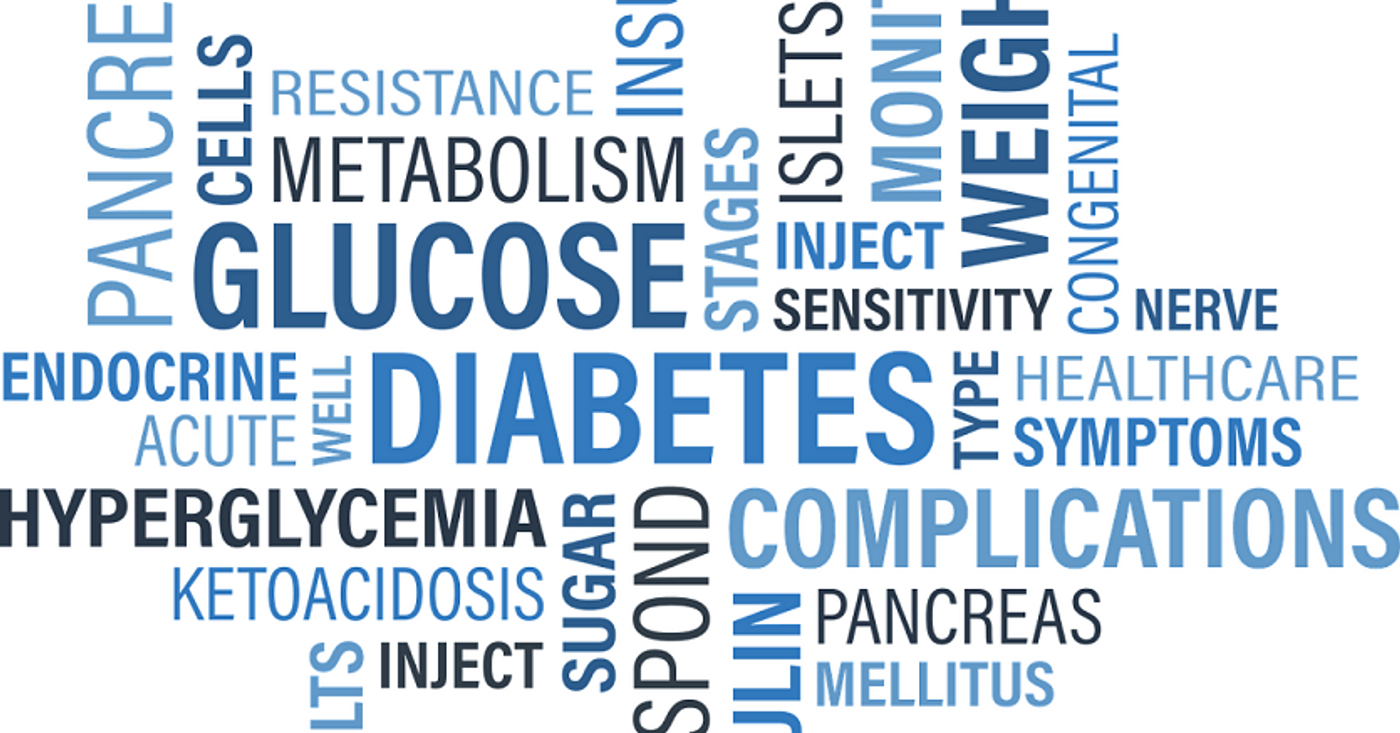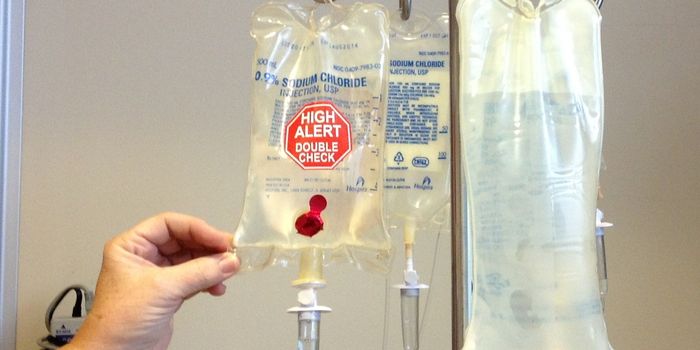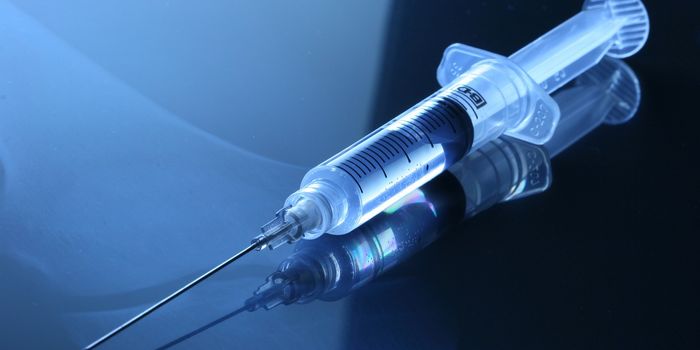Revealing a Critical Protein Involved in the Pentose Phosphate Pathway in Cancer
The metabolism of cancer has interested scientists in recent decades. Many cancers conduct "normal" metabolism, while others have altered metabolic pathways that allow them to grow in dense masses (i.e., tumors).
A cell's metabolism is how it produces energy. Most higher-order cells, ours included, use something called cellular respiration. This is conducted in the mitochondria, where a sugar called glucose is systematically broken down to make ATP. ATP is the primary energy holding molecule cells use, sort of like gasoline for car engines.
The problem with cellular respiration is that it continually needs resources to function correctly. Without enough glucose or oxygen, it can fail and stall cell growth. To get around this, some cancers undergo what is called the Warburg effect, which is when cancer cells shift from cellular respiration into a more straightforward form of metabolism called glycolysis. Glycolysis is the first step in cellular respiration but can also produce a small amount of ATP in a pinch. It also requires significantly fewer resources than cellular respiration, allowing cancer to grow in dense masses where nutrients are not as plentiful.
Investigations into cancer metabolism and the Warburg effect are therefore high on researchers' agendas. In a new study out of the University of Genoa in Italy, a team investigated the role of the pentose phosphate pathway (PPP) in cancer. The pentose phosphate pathway is a critical pathway that runs alongside glycolysis and may be linked to the Warburg effect. In particular, the team examined the role of G6PD, a vital protein of the pathway, and H6PD, a similar protein that has recently been suggested to function similarly to G6PD.
The pentose phosphate pathway's primary role is to produce molecules critical for several cellular pathways, including metabolism and redox regulation. If the cell lacks G6PD, the mitochondria can no longer get the glucose it needs to run. It also fails to regulate dangerous free radicals around the cell and even prevents normal cell division. Interestingly, when H6PD was knocked down, it produced a very similar result. H6PD is not classically thought to be essential for the PPP, but these results suggest both are critical for the PPP.
G6PD and H6PD both reside in two different cell compartments, yet knockdown either results in reduced cancer cell growth and increased oxidative stress. The team suggests that they may act on two pentose phosphate pathways in two different compartments. The pentose phosphate pathway is a critical pathway for many reasons, and this study adds another small piece to the metabolic puzzle.
The study concludes, "The present data extend current models considering PPP as a pathway selectively located within the cytosol. Disregarding the reticular part of PPP and focusing only on G6PD function might hamper our comprehension of PPP role in cancer cell biology."
Sources: Nature Scientific Reports, khanacademymedicine









